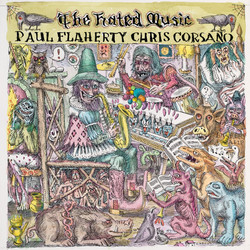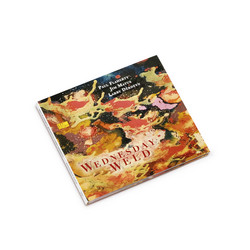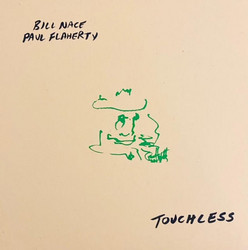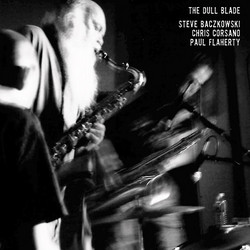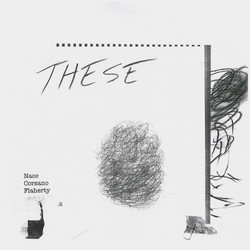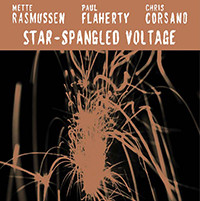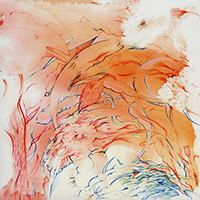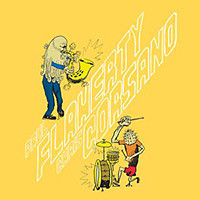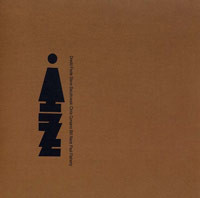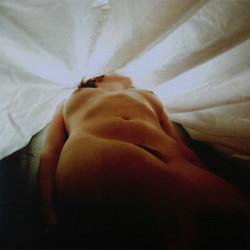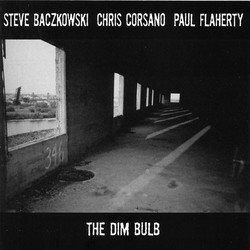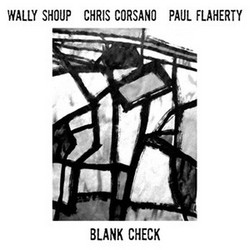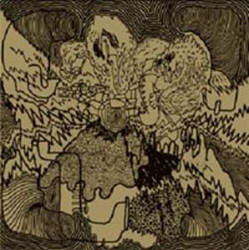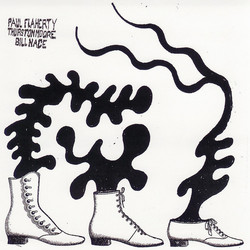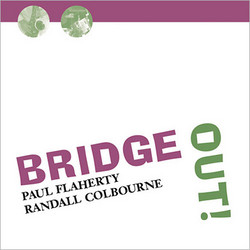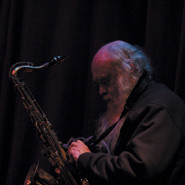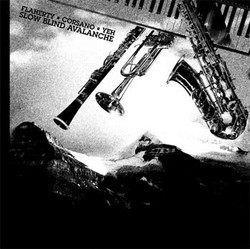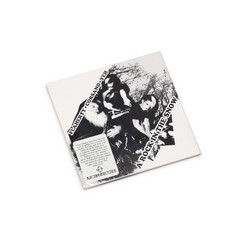Paul Flaherty
In the wake of the late 60s/early 70s free jazz diaspora, where any notion of musical freedom bit the dust along with any notion of FUN writ large (as Richard Meltzer was astutely stupe enough to point out in Autumn Rhythm) adherents of post fire music disciplines became as rare as girlfriends at power electronics festivals. New England saxophonist Paul Flaherty kept a solitary flame throughout most of the 80s and 90s, with his work with percussionist Randall Colbourne providing a phantom umbilical from the original post-Coltrane/ESP-Disk energies on through the late 90s NY jazz revival and into the 21st century's formally diffuse free music explosion.
In the wake of the late 60s/early 70s free jazz diaspora, where any notion of musical freedom bit the dust along with any notion of FUN writ large (as Richard Meltzer was astutely stupe enough to point out in Autumn Rhythm) adherents of post fire music disciplines became as rare as girlfriends at power electronics festivals. New England saxophonist Paul Flaherty kept a solitary flame throughout most of the 80s and 90s, with his work with percussionist Randall Colbourne providing a phantom umbilical from the original post-Coltrane/ESP-Disk energies on through the late 90s NY jazz revival and into the 21st century's formally diffuse free music explosion.
